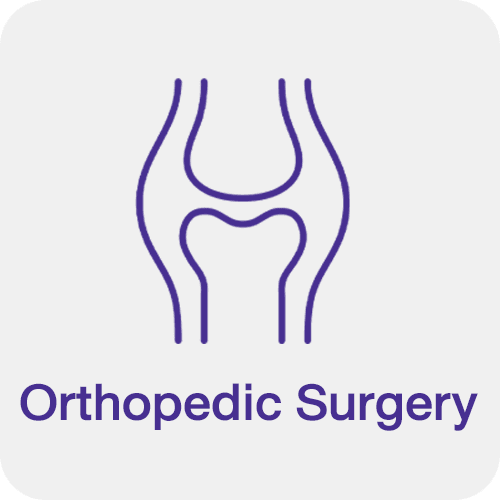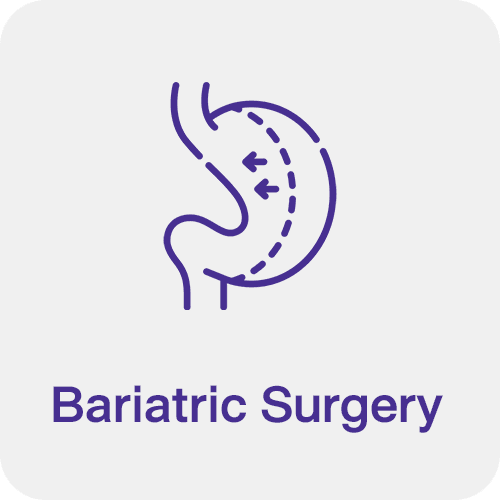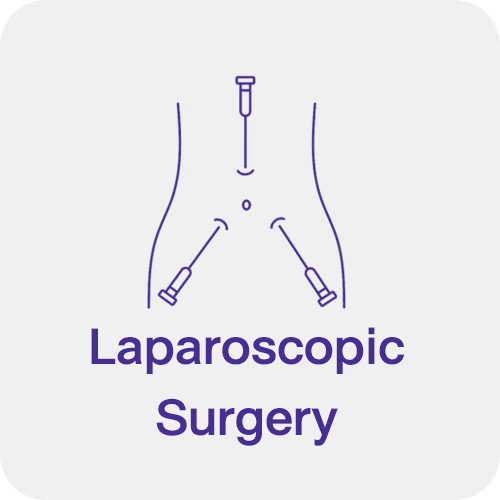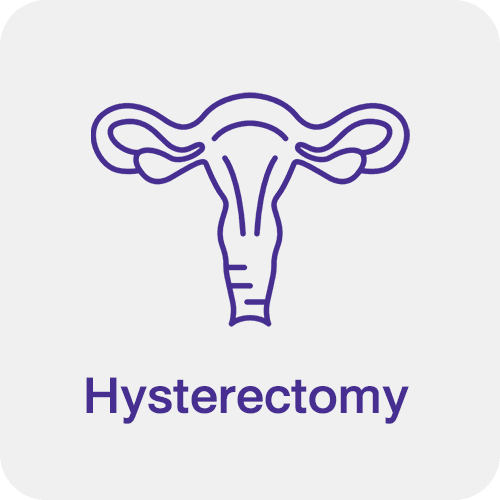Laparoscopic Cholecystectomy
Gallstone disease (Gallstone) is caused by the precipitation of limestone (calcium) or cholesterol in the bile. This causes one or more stones. The condition becomes more severe when the stones pass into the bile duct or pancreatic duct.
Characteristics of the patient’s symptoms May be divided into large groups as follows:
- Group of patients without symptoms
- Group of patients had bloating, colic, and distension under the right ribcage and the epigastric region, especially after eating fatty foods.
- Group of patients who also have cholecystitis.
The gallstones can cause inflammation of the gallbladder. There will be severe abdominal pain under the right side of the ribcage. There may be fever, nausea, and vomiting. If, at this stage, the patient is not properly treated, there may be complications that may lead to death.
- Group of patients with bile duct obstruction If gallstones fall into the gallbladder and block the bile duct, it can cause jaundice and yellow eyes. Also known as jaundice and high blood fat, severe abdominal pain, or pancreatitis. This makes treatment more complex and dangerous.
Diagnosis of gallstones in the gallbladder or bile ducts
- Ultrasound It uses high-frequency sound waves to detect gallstones in the gallbladder.
- Computed tomography CT-Scan to detect gallbladder stones in the bile duct and acute pancreatitis
- Endoscopic retrograde cholangiopancreatography (ERCP) is a method used to evaluate, diagnose, and plan treatment for diseases related to the bile duct and pancreas system, such as blockages in the duct. Bile from stones, tumors, or fibrosis. Narrowing of the bile ducts due to other causes. Blockage of the pancreatic duct due to stones or tumors, especially in cases of pancreatitis due to blockage of bile duct stones at the common opening of the bile duct and pancreatic duct.
Surgery for gallstones using a camera (Laparoscopic Cholecystectomy)
Laparoscopic gallstone surgery is currently considered the standard method of treating gallbladder disease. This type of surgery uses general anesthesia by an anesthesiologist. And the surgery is performed by a surgeon with high experience and expertise in endoscopic surgery.
The surgeon will make 3-4 incisions in the abdominal wall to insert surgical instruments. and the camera extends into the abdominal cavity. And carbon dioxide gas (CO₂) is injected into the abdomen to create space for the gallbladder surgery.
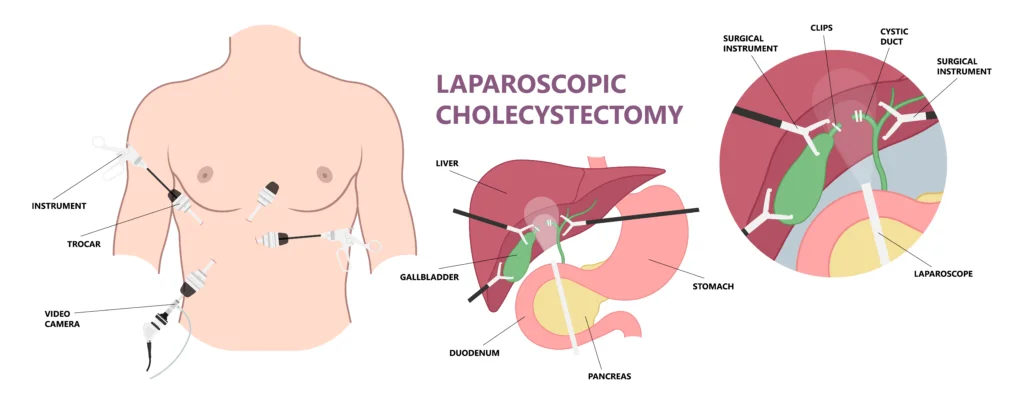
After that, the surgeon will remove the tissue around the gallbladder and cut the gallbladder. and blood vessels that feed the gallbladder without causing harm to other organs nearby Then the gallbladder was removed. Therefore, the surgical wound was sutured to close. The size of the surgical wound is small, there is little bleeding, there is little pain. In general, the surgery takes about 45 minutes and the hospital stay is 2 days.
Advice after gallbladder surgery
The gallbladder is just a reservoir for bile. which helps in the digestion of fatty foods After gallbladder removal surgery Bile is still produced by the liver and flows down the bile duct into the small intestine for normal fat digestion. Just maybe not as intense as before. Therefore, you must take special care of your diet for long-term good health.
Choose low-fat foods
After gallbladder surgery, over time the bile ducts expand and can hold more bile. Some people can eat a normal diet. But in people whose fat digestion is still impaired There may be bloating. Flatulence after eating a high-fat meal in one meal Normally, you should eat foods that contain fat 20 percent of your energy, choosing to eat unsaturated fats as the main ones. Found in grains, fish, etc.
Choose foods that are high in dietary fiber.
Diarrhea is common after gallstone surgery. It usually improves over time. Increasing fiber in your diet can help relieve diarrhea. Dietary fiber is found in whole grains such as brown rice, oats, fruits, vegetables, and legumes. You should increase your fiber intake gradually to prevent nausea and vomiting. You should also avoid beverages that contain caffeine, such as coffee, tea, and spicy foods.
Eat small but frequent meals.
Eating small meals over multiple meals can help prevent diarrhea and stomach pain. Especially for the first 2 months after surgery, eating large amounts of food and being sedentary can lead to poor food absorption and diarrhea.


